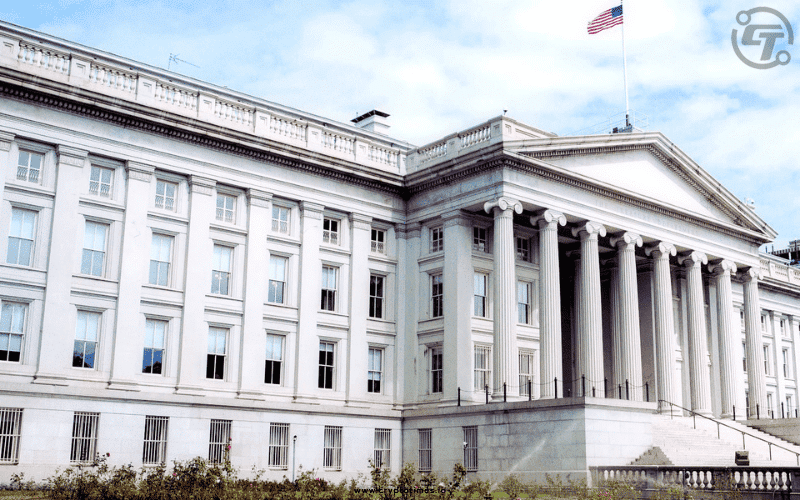In Brief:
- The US treasury released a report on the risk involved in trading stablecoins.
- US Regulators also emphasized that the issuers should monitor the stablecoins like banks.
On 1st November, the president’s working group on Financial markets (PWG), issued its long-awaited report on the threats posed by stablecoins to the financial system.
“Stablecoins and stablecoin arrangements raise significant concerns from an investor protection and market integrity perspective,” as described in the report.
According to the report, The risks involved in stablecoins are many, such as reserve assets that could fall in price or become illiquid, failure in safeguarding reserve assets, a lack of clarity regarding the redeemability of stable coins, cybersecurity, and collecting, storing, and safeguarding of data.
The risks involved require proper legislation and speculation. But legislation on crypto has been slow to make it an actual law.
All of these dangers prompted critical discussions in crypto circles, especially because the supply of stablecoins surged by 500% last year. Tether in particular had the highest trading volumes among all the tokens.
The PWG guidance requested Congress to put outlaws that would limit who can issue stablecoins.
To minimize the risks to stablecoin users and guard against stablecoin runs, regulatory authority should require stablecoin issuers to be insured depository institutions, which are subject to proper speculation and regulation, at the depository institutions, and the holding company level. Also, the legislation would prohibit other entities from issuing stablecoins
In a press conference on the report, Treasury officials stated that the central issue was identifying a gap in prudential authority, describing stablecoins as “a complex multifaceted product with a complex multifaceted set of risks”. Also, the regulators are planning to expand regulatory oversight over stablecoin issuers with new registrations and licensing requirements.
Meanwhile, the PWG advised regulators to use existing authority to cover perceived gaps if any, The PSW officially included a number of those regulators: the Federal Reserve, the Securities and Exchange Commission, the Treasury and the Commodity Futures Trading Commission. Monday’s report also involved input from banking regulators the Federal Deposit Insurance Corporation and the Office of the Comptroller of the Currency.
The report also mentioned that the SEC and CFTC should also regulate the markets for some stablecoins. Last month, the SEC started monitoring stablecoins when US regulators were planning on new regulations. Additionally, The guidance provided also advised that the Financial Stability Oversight Council — a Dodd-Frank-created market risk monitor— should also get involved.
Treasury Secretary Janet Yellen also commented that – “the need to act quickly to ensure there is an appropriate U.S. regulatory framework in place.”






